A Linear Take-Make-Waste Economy Has Prevailed For The Last 50 Years, But The Circular Economy Is Where Value Will Be Created In The 21st Century

We have reached an expiration date on the current linear economic system that throws valuable resources away.
When did we stray so far from the common sense value of not wasting? Until the 1950s, people designed products to be proud of their quality and durability. Repair services were a given; a tailor would risk reputational ruin if their clothes had to be tossed after one wear. During the first and second World Wars, recycling was viewed as a patriotic duty. Recycling and reuse were championed. Rubber, metals, textiles, and cooking fats, among other things, were essential to the war effort. And so Americans rallied.
Today, rather than continue to evolve towards conservation and resource efficiency, we seem to devolve into a world of waste and pollution. Approximately 50% of all food produced in the U.S. is thrown out, and food waste is the biggest occupant in American landfills, costing taxpayers billions in landfill disposal fees. Americans throw out 80 pounds of clothing each year. And about 90% of plastic waste ultimately ends up in a landfill or incinerated. The statistics go on, but the loss of these resources has a double sting: there’s a hefty price tag attached to all this waste and dire implications for our health.
A throw “away” culture, while financially beneficial to companies that extract natural resources like oil and mining companies and landfill operators, causes a massive financial hardship to municipal budgets. Landfill tipping fees per metric ton can exceed $100 in the United States and landfills are the third largest source of methane emissions in the world. Ultimately, these costs are paid by taxpayers and municipalities.
The materials we pay to landfill are often valued commodities. Plastics, paper, textiles, and metals can be reused, repurposed, and can re-enter manufacturing supply chains. The recycling industry is a powerful engine in the economy; in 2018, the industry created over $110 billion in economic activity, 534,000 jobs, and $13.2 billion in tax revenues for governments across the country. Only 30% of what can be recycled in the United States is recycled due to a lack of recycling and circular economy infrastructure in many parts of the United States. That means that there is an opportunity to 3x the already substantive jobs and economic value created by the recycling industry.
Given all of this, why are we still following a linear economic model that culminates in wasted resources? Over time, a number of different forces have contributed to the current state of play. In the 1950s, there was a marked shift away from the “waste not, want not” approach to life, replaced instead by a feverish post-war consumption boom where status came to be defined by the quantity of products consumed as opposed to the quality of products produced.
By 1960, the prevailing indicator of the health and success of a country was its gross domestic product – the total value of goods and services provided – rather than attributes like quality of education, air, water, and green spaces, among other things. In the 1970s, economist Milton Friedman declared that the only responsibility of business is to increase profits, establishing the precedent of shareholder primacy which ignores and discounts other stakeholders like local communities and the environment.
While consumers, taxpayers, and the environment lose out in this current take-make-waste economy, extractive industries, like oil & gas and landfill owners win. But we can reimagine this system and an alternative does exist: it is the circular economy, and it’s gaining traction.
The circular economy represents the most significant restructuring of global commerce since the industrial revolution. It is an overhaul of how products are designed, manufactured, sold, consumed, refurbished and recycled, eliminating the concept of waste and keeping materials in circulation at their best and highest use. This new economic model reduces the need for the extraction of finite raw materials and the costly disposal of waste at landfills.
Today is the perfect opportunity to reflect on this shift, since recycling is a key enabler of the circular economy. On America Recycles Day, Closed Loop Partners is celebrating the potential of the circular economy to reimagine capitalism in order to reduce costs, increase efficiency, and protect the environment we share.
The circular economy is estimated to be worth $4.5 trillion globally by 2030. Large consumer goods companies are increasingly recognizing that the development of circular supply chains will reduce manufacturing costs and provide consumers with more sustainable products. Similarly, governments are seeing how local recycling and circular economy infrastructure reduce municipal disposal budgets, generate revenue and drive local job creation. The transition to circularity will rely on collaboration across the entire value chain, including product designers, recyclers, manufacturers and brands. In doing so, we will align the interests of citizens, municipalities, industry and the environment we all share.
Related posts
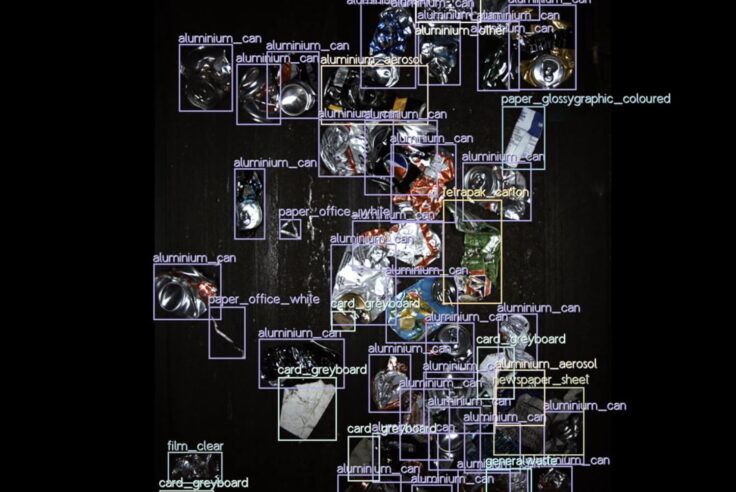
Press Release
New Data Reveals High Quantities of Food-Grade Polypropylene...
Closed Loop Partners’ Center for the Circular Economy...
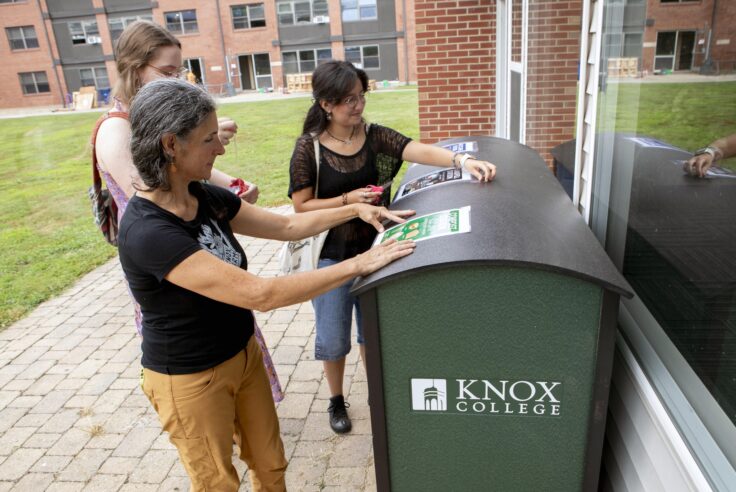
Blog Post
Keeping Compost Clean: Tools to Help Reduce Contamination...
The Composting Consortium interviews EcoProducts to...
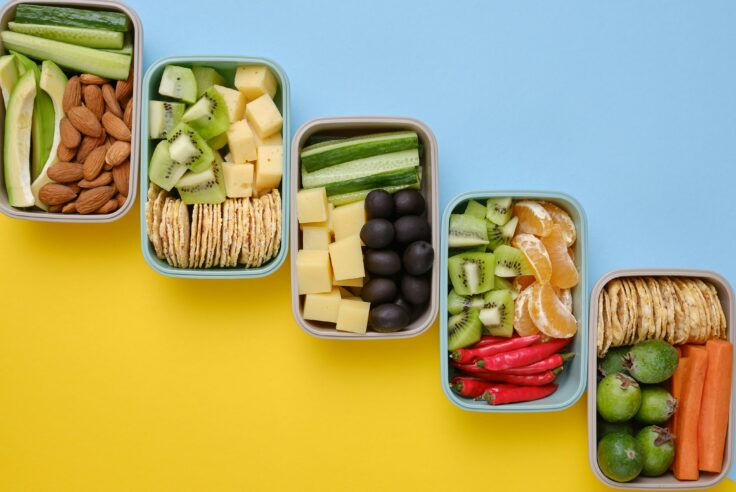
Press Release
Closed Loop Partners and U.S. Plastics Pact Identify...
Packaging types primed for reuse lay the groundwork...

Press Release
Closed Loop Partners Unveils Groundbreaking Findings...
Closed Loop Partners’ Center for the Circular Economy...

Blog Post
8 Tips to Navigate Life Cycle Assessments for Circular...
Closed Loop Partners’ Center for the Circular Economy...
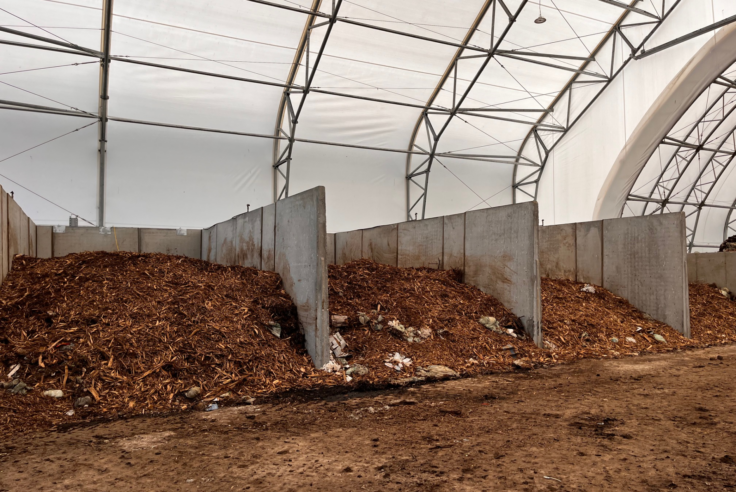
Blog Post
Why More Composters Are Recovering Food Scraps and...
Black Earth Compost and Glacial Ridge Composting Facility...
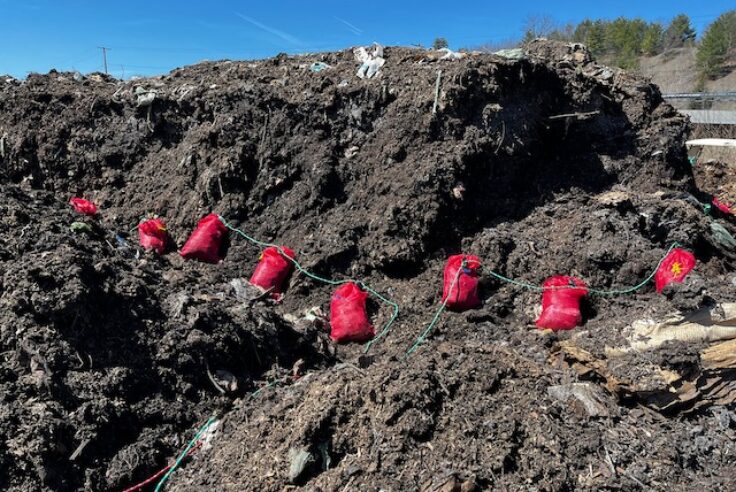
Blog Post
Does Compostable Packaging Actually Turn into Compost?...
In a joint interview, field testing experts, including...
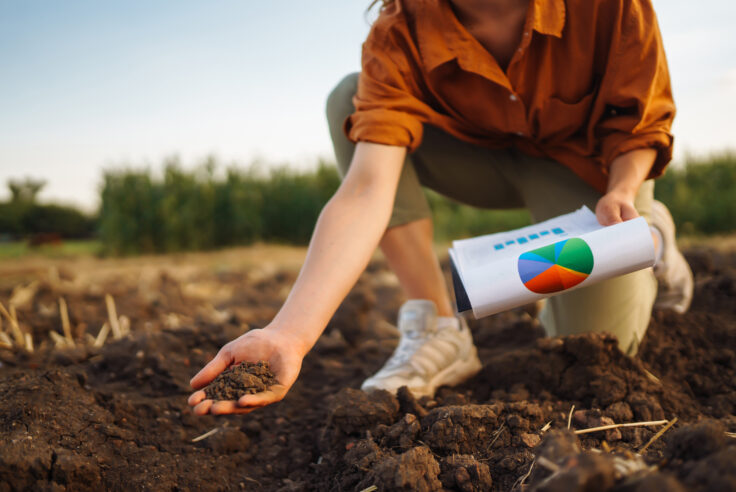
Press Release
Composting Consortium Releases New Data to Compostable...
The new platform by the Compostable Field Testing Program...
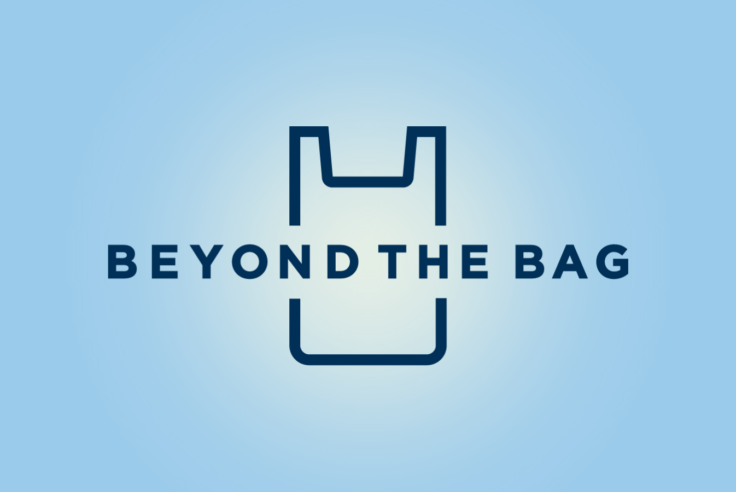
Press Release
Leading Retailers Accelerate Industry Collaboration...
Target, CVS Health, Kroger and other retailers reaffirm...
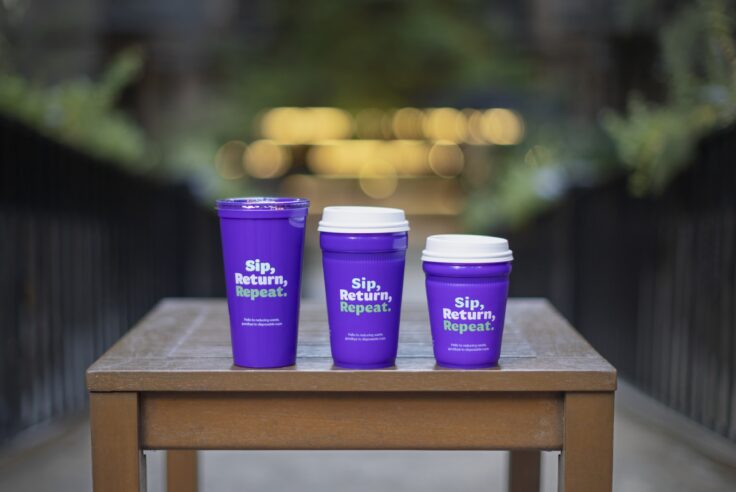
Press Release
The Petaluma Reusable Cup Project: Starbucks, The Coca-Cola...
The collaboration, led by the NextGen Consortium, makes...
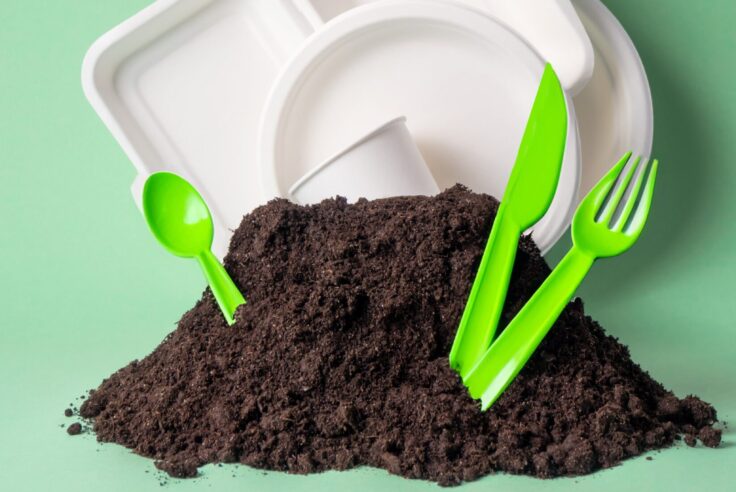
Press Release
Does Compostable Packaging Actually Break Down? Composting...
Data in new report reveals that certified food-contact...
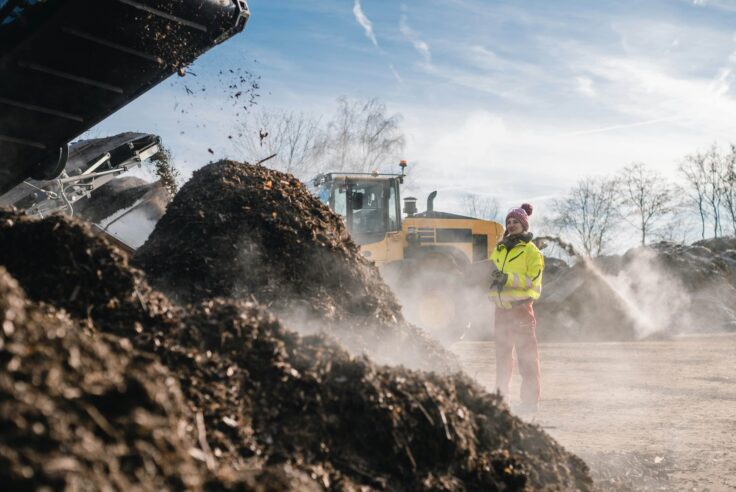
Press Release
First-of-Its-Kind Study by the Composting Consortium...
Commonly held assumptions about contamination were...
